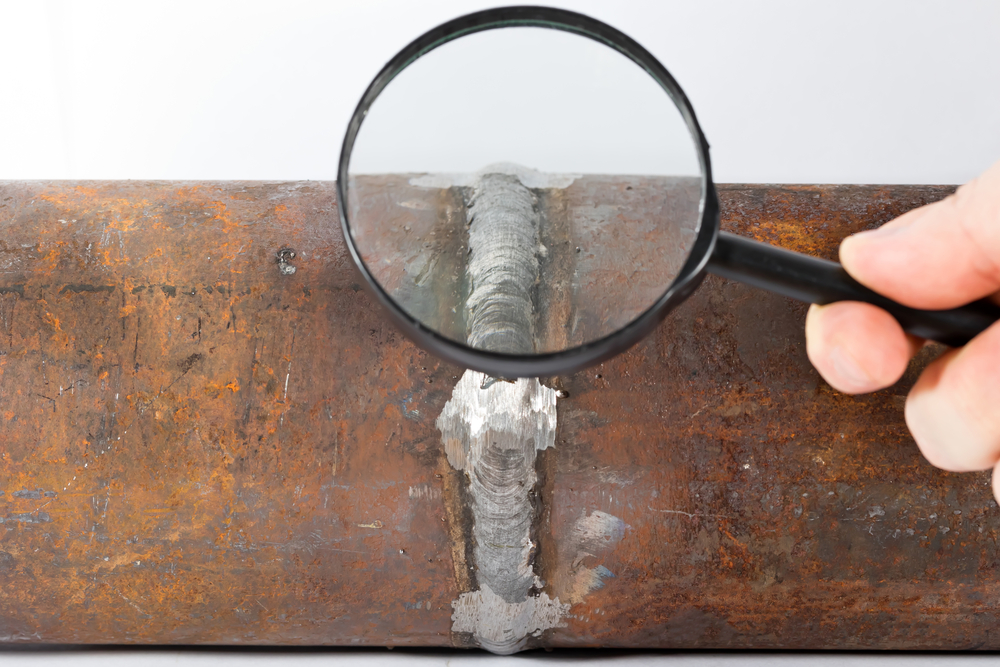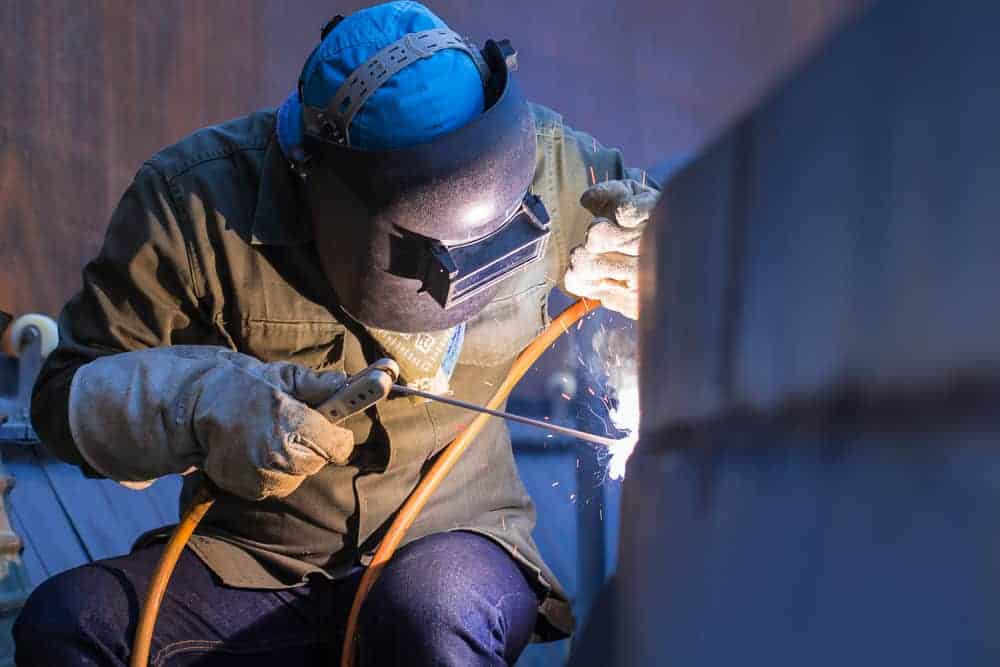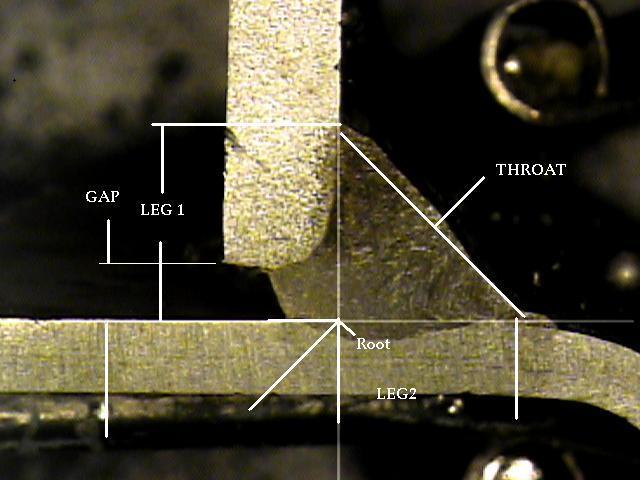A Comprehensive Overview to Welding Evaluation Techniques and Best Practices for Quality Guarantee in Construction Projects
Welding examination works as an essential column in guaranteeing the structural integrity and safety of fabricated projects. Utilizing a selection of methods-- ranging from aesthetic assessments to innovative techniques like ultrasonic and radiographic testing-- provides critical insights right into prospective problems that might undermine stamina. Establishing reliable practices and a durable quality monitoring system can improve conformity and dependability. The complexities of these methods and their application usually raise relevant concerns regarding the requirements and tools needed for optimum end results. What specific approaches will be most efficient in your jobs?
Significance of Welding Examination
Welding inspection is an essential element in making sure the honesty and safety of welded frameworks. The process includes an organized examination of welds to recognize any kind of problems that might endanger the toughness and toughness of the last product. Reliable assessment is necessary not only for conformity with sector requirements and policies yet additionally for securing the health and wellness and security of workers and the public.

Furthermore, welding assessment works as a useful tool for constant enhancement in manufacture processes. By recognizing recurring problems, organizations can execute restorative actions, causing enhanced training for welders and much better total techniques. Inevitably, prioritizing welding assessment fosters a society of quality guarantee, ensuring that projects satisfy both client expectations and regulatory needs. This aggressive technique is critical for attaining excellence in welding and fabrication.
Usual Welding Examination Strategies
Different strategies are used to evaluate welds, each customized to find certain types of defects and ensure quality. Amongst the most typically used approaches are aesthetic evaluation, ultrasonic screening, radiographic screening, magnetic bit testing, and color penetrant testing.
Visual assessment is one of the most straightforward technique, allowing inspectors to determine surface area irregularities such as fractures, porosity, and damaging. Ultrasonic screening employs high-frequency acoustic waves to detect interior imperfections, offering a comprehensive evaluation of weld honesty. Radiographic testing uses X-rays or gamma rays to develop pictures of the weld, disclosing internal flaws that are not visible to the nude eye.
Magnetic particle screening is particularly effective for ferromagnetic products, recognizing surface and near-surface flaws by applying magnetic areas and utilizing great particles that show irregularities. Color penetrant testing involves applying a tinted dye to the weld surface area, which seeps right into splits and is disclosed under ultraviolet light, making it easy to find problems.
Each of these methods plays a vital duty in keeping welding top quality, and the option of an ideal method depends on the particular demands of the construction job, including product kind, weld configuration, and the wanted degree of assessment.
Essential Evaluation Tools


These tools help ensure that welds satisfy the required requirements for stamina and resilience. In addition, ultrasonic screening devices are utilized to spot internal problems without compromising the stability of the weld.
An additional vital tool is the solidity tester, which assesses the mechanical residential or commercial properties of a weld and establishes its viability for particular applications. Welding assessment software program help in recording searchings for, facilitating data analysis, and making sure compliance with industry standards. With each other, these essential examination devices develop a comprehensive arsenal that sustains the welding assessment process, ultimately adding to the top quality guarantee of construction projects.
Ideal Practices for Quality Control
In the pursuit of quality control, implementing ideal methods is vital for accomplishing dependable and consistent Learn More Here welding outcomes. Establishing an extensive welding high quality management system (WQMS) is fundamental. This system needs to encompass specified procedures, standards, and documentation techniques that lead every phase of the welding procedure.
Routine training and accreditation of welding personnel are essential. Proficient welders with upgraded expertise of methods and precaution contribute significantly to top quality. Additionally, conducting pre-welding examinations makes sure that materials and equipment fulfill specified requirements, decreasing the chance of flaws.
Incorporating real-time tracking during the welding procedure enables prompt detection of irregularities, making it possible for corrective actions to be taken immediately. Post-welding the original source inspections, including visual checks and non-destructive testing (NDT), are critical in confirming weld integrity and compliance with market criteria.
Additionally, maintaining careful documents of inspections, weld specifications, and rehabilitative activities fosters a culture of responsibility and continual renovation. Engaging stakeholders in routine top quality testimonials can also boost the general efficiency of quality control steps. By sticking to these ideal practices, organizations can significantly boost their welding high quality assurance initiatives, consequently making sure project success and client complete satisfaction.
Enhancing Safety And Security and Conformity
Accomplishing high requirements in welding quality guarantee normally aligns with the vital of improving security and compliance within the industry. Reliable welding assessment techniques are important in making certain and determining possible threats that all procedures comply with governing criteria. These strategies not just serve to keep architectural honesty but also shield the health and wellness and safety and security of personnel involved in fabrication tasks.
Applying extensive examination procedures, such as visual assessments, non-destructive testing (NDT), and thorough documents, develops a society of security and responsibility. Training welders and inspectors in existing safety and security guidelines and best practices is crucial. This guarantees that all staff member understand potential dangers and are geared up to mitigate them.
In addition, conformity with industry standards, such as those set by the American Welding Society (AWS) and the International Company for Standardization (ISO), is non-negotiable. Regular audits and evaluations help determine spaces in security measures and advertise continual improvement - Welding Inspection Milwaukee. Ultimately, a dedication to enhancing safety and security and conformity not just cultivates a more secure working setting however likewise brings about remarkable top quality outcomes and minimized obligation for companies taken part in welding construction
Verdict

Welding evaluation serves as a fundamental column in making certain the structural honesty and safety of made tasks.Welding examination is a critical element in ensuring the honesty and security of welded structures. Ultimately, prioritizing welding inspection cultivates a society of high quality guarantee, making sure that tasks fulfill both customer expectations and governing requirements. Together, these necessary inspection devices develop a thorough arsenal that sustains the welding assessment process, ultimately contributing to the top quality guarantee of construction jobs.
In final thought, effective welding inspection is imperative for making sure the architectural stability and safety and security of fabricated jobs. Welding Inspection Milwaukee.